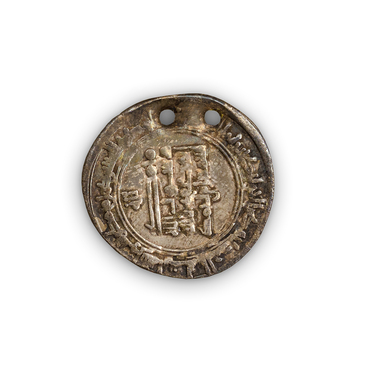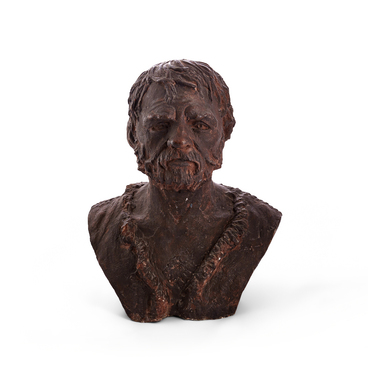The incense burner on display is a typical example of a vessel associated with the Catacomb culture. This ethnic and cultural community existed during the Middle Bronze Age, spanning from the second half of the 3rd millennium BCE until the first quarter of the 2nd millennium BCE. The Catacomb community inhabited a steppe and forest-steppe area, stretching from the Urals and North Caucasus region to the lower Danube.
Incense burners were used by representatives of the Catacomb culture for various ritual purposes. These vessels contained aromatic substances, which emitted a pleasant scent when burned. They are typically bowls with a smaller compartment and multiple legs, often four.
Incense burners were often ornately decorated. Censers belonging to the Middle Don catacomb culture typically have a cruciform base. The ornamentation on the vessels includes, for example, wavy lines that researchers associate with snakes and their symbols. Interestingly, in addition to a vessel with wavy lines, a stone pestle was also found in the Zarechensk burial site that bears the image of a snake.
Archaeologists also identified a decorative element reminiscent of the “Tree of Life” on four of the vessels. Cross-shaped motifs and inscriptions resembling writing symbols were also present on one of the incense burners.
During the ritual, a pungent aroma of herbs and aromatic resins filled the area where the ceremony was taking place, perhaps symbolically purifying the deceased and the surroundings of the burial site. An incense burner was then positioned at the head or foot of the grave, or sometimes left on the altar in the tomb.
Research has revealed that fragrant branches of tamarisk and other shrubs, along with steppe grasses, including hemp, were burned in these containers. The distribution of incense burners in the Middle Don region can be linked to the influence of the Manych culture. Most incense burners found have been associated with the mature or final stages of the Middle Don Catacomb Culture. The majority of them originate from graves on the left bank of the Don River.





